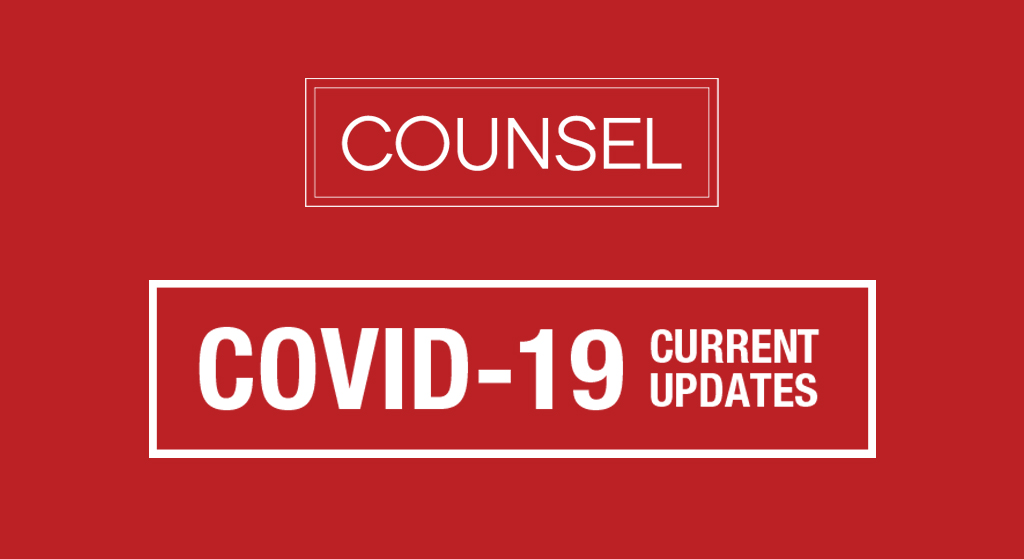Today, Finance Minister Bill Morneau announced details of the government’s plan to revamp and extend the Canada Emergency Wage Subsidy (CEWS), plus a one-time support payment for those living with disabilities.
Revamped Canada Emergency Wage Subsidy
The CEWS was the centrepiece of the government’s recent economic and fiscal snapshot, committing $50 billion in new funding to the program which has cost $32 billion to date. The government is ending the Canada Emergency Response Benefit (CERB) as it ramps up this program, which is intended to help employers who have suffered economic losses due to the pandemic to rehire and retain workers.
The details of today’s CEWS announcement include:
-
-
-
- An extension of the CEWS program to December 19, 2020.
- The program has been revamped so that qualifying businesses and organizations with any level of revenue loss will now qualify going forward. The amount of the subsidy per employee will vary depending on the level of revenue loss. Previously, only businesses that have lost 30% or more of their monthly revenue would qualify for the CEWS.
- Those hardest hit, with a 50% reduction in revenue or more, will qualify for an additional top-up of up to 25% depending on the level of revenue loss.
- The program will pay out progressively less each month, presumably as an added incentive to hire back more employees early in the program’s life.
- An in-depth backgrounder describing the revamped CEWS is available here.
-
-
Disability payment
In addition, the government has again proposed a one time, $600 benefit for disabled Canadians. This was originally proposed in early June but was not enacted when the government could not secure opposition support for accompanying legislation that would have established penalties for fraudulent use of the CERB.
Draft legislation
The government has taken the unusual step of posting the draft legislation online. The legislation includes identical mechanisms to provide support payments to both persons with disabilities and veterans, although Minister Morneau did not mention veterans in his press conference. The legislation also appears to reintroduce statutory time limit extensions for federal civil proceedings, a measure that was also included in the failed June legislative proposal. This is intended to reduce administrative burdens stemming with the pandemic.
These proposals are currently being discussed with the opposition parties in the hopes of presenting them to the House of Commons next Wednesday, when it resumes for a one-day sitting. The legislation will likely require unanimous consent to pass. Interestingly, Morneau did not commit to introducing the legislation next week. The government has two more sitting days this summer, on August 12 and 26.
The government should not assume that it will win the support of the opposition parties at this time, when the WE Charity ethics controversy continues to garner headlines with new revelations emerging from opposition-led committee hearings. However, there could be a political price to pay if the opposition prevents the CEWS program from being extended.
More details on the Safe Restart Agreement
Today’s announcement comes on the heels of yesterday’s news that the federal government had reached a $19 billion Safe Restart Agreement with the provinces and territories. Late last night, the government provided more details regarding how the per capita direct transfers will be allocated.
The federal government is providing $1.1 billion to establish a temporary “Pan-Canadian sick leave” program, to provide 10 days of paid sick leave related to COVID-19 to workers who do not already have access to paid sick leave. Provinces and territories will establish job-protected sick leave through regulation or legislation.
In addition, the federal government will fund:
-
-
-
- $7.5 billion for personal protective equipment for health care and essential workers. $4.5 billion of this will be for national use and $3 billion will go to the provinces and territories to purchase PPE. This is a significant investment which indicates that the government is planning for PPE to be widely available in the event of second wave.
- $4.28 billion for testing, contact tracing, and data management. The government has set a goal of reaching a testing capacity of up to 200,000 people per day nation-wide. To put that goal in perspective, nearly 3.4 million COVID-19 tests have been administered to Canadians to date.
- $3.8 billion for municipalities, including $2 billion for operating costs and $1.8 billion to be cost-matched by the provinces for transit.
- $1.2 billion for health care system capacity, including $500 million to address immediate needs and gaps in the support and protection of people experiencing challenges related to mental health, substance use, or homelessness.
- $740 million to control and prevent infections for vulnerable populations, including addressing staffing issues in long-term care, home care, and palliative care facilities and services
- $625 million to address shortages in child care spaces stemming from the pandemic.
-
-

